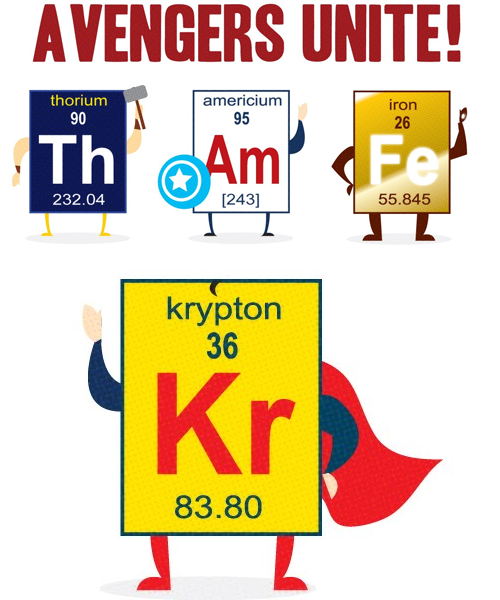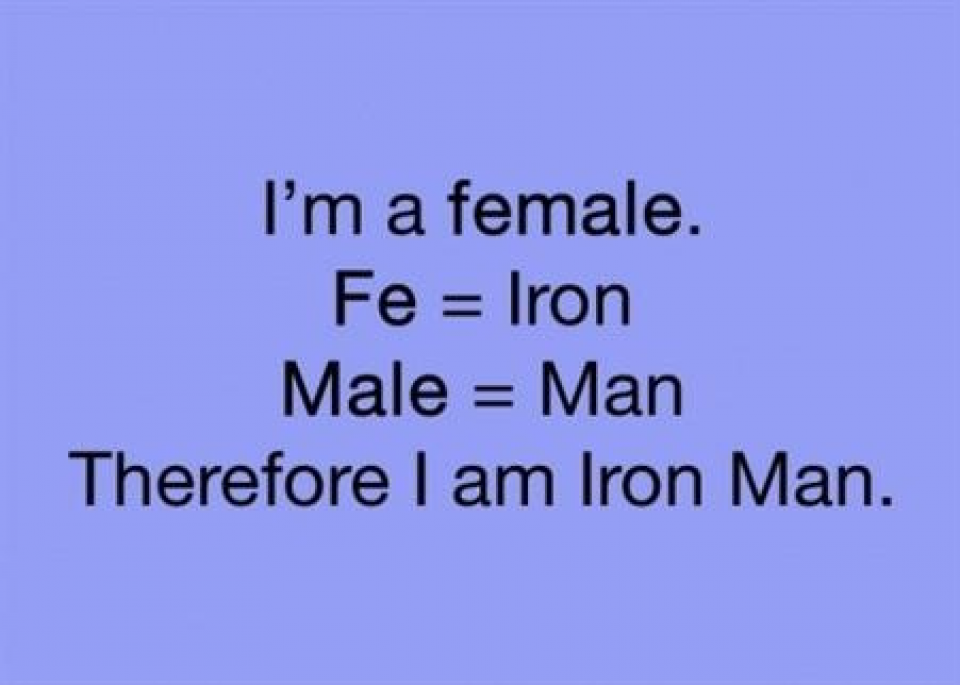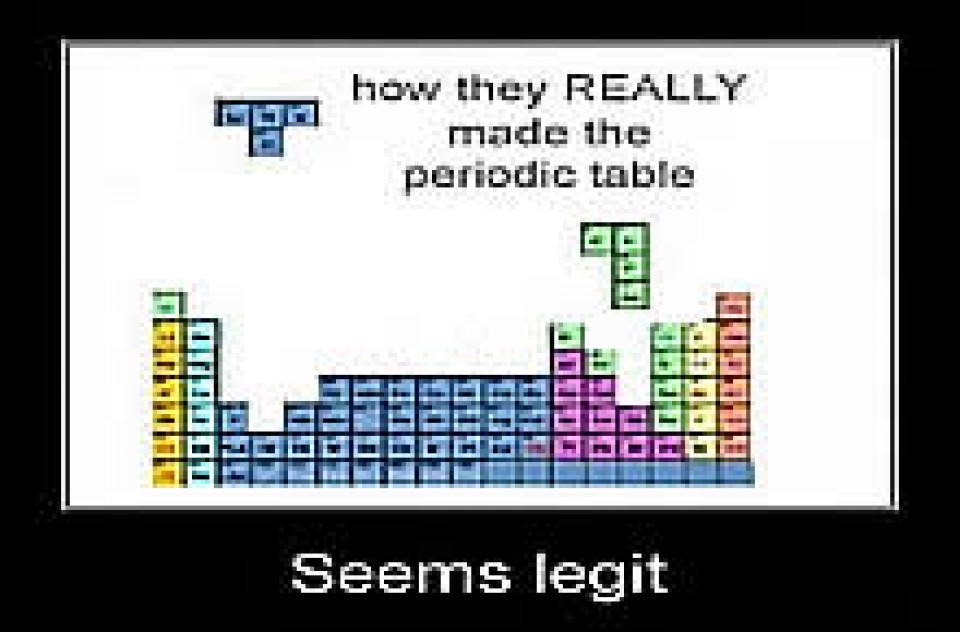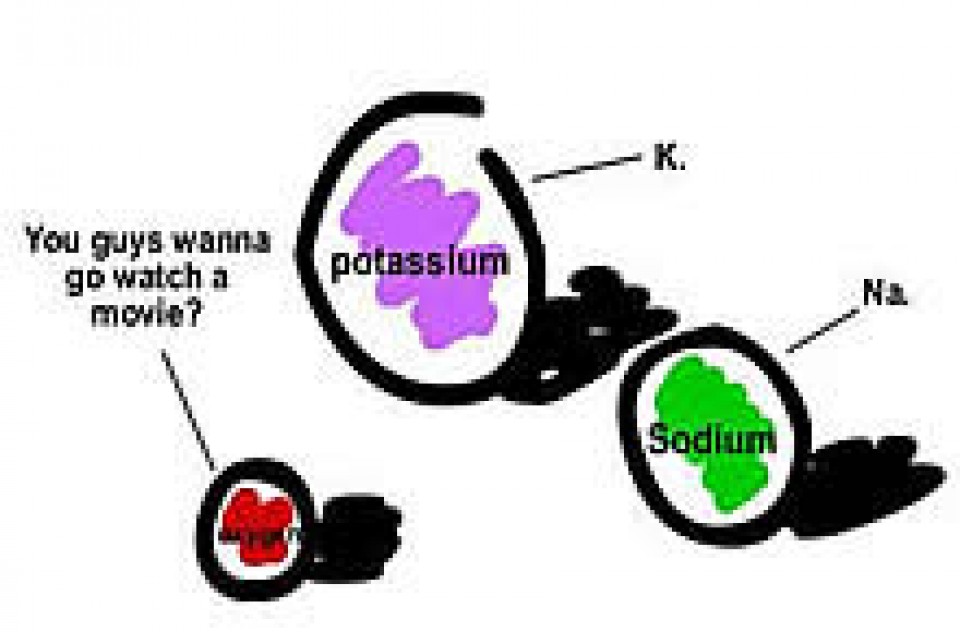[View the accompanying Practice Problems on Molar Mass Conversions here.]
What is Molar Mass?
Molar mass is literally the mass of one mole of a substance. We saw in a previous lesson on atomic mass that the periodic table provides us with the average atomic mass of elements. For example, the atomic mass of hydrogen (symbol H) is 1.01 amu (atomic mass units). But one incredibly handy aspect of the periodic table is that those same masses are also the mass of one mole of the element in grams.
For example, one atom of hydrogen has a mass of 1.01 amu, but one mole of hydrogen has a mass of 1.01 g. Remember that one mole is equal to Avogardo’s number, 6.022×1023 particles. So one mole of hydrogen, or 6.022×1023 hydrogen atoms, has a mass of 1.01 g.
| Element | Atomic Mass | Molar Mass | Number of atoms |
| H | 1.01 amu | 1.01 g/mol | 6.022×1023 |
| Mg | 24.31 amu | 24.31 g/mol | 6.022×1023 |
| Na | 22.99 amu | 22.99 g/mol | 6.022×1023 |
Molar Mass of Compounds
To find the mass of one mole of any substance we count the elements present and add up their atomic masses.
For example, let’s calculate the molar mass of iron(III) oxide, Fe2O3. Fe2O3 is composed of two iron atoms and three oxygen atoms. To calculate its molar mass we have to add up the mass of two iron atoms and three oxygen atoms.
2 x Fe = 2 x 55.85 = 111.70
3 x O = 3 x 16.00 = + 48.00
Total = 159.70 g/mol
This is the molar mass of Fe2O3. So one mole of Fe2O3 would have a mass of 159.70 g. Or Avogadro’s number, 6.022×1023, of Fe2O3 formula units (ionic compound particles) would have a mass of 159.70 g.
[In terms of significant digits, we normally just keep as many decimal places for the total mass as was originally present in the mass of the element. For example, iron (Fe) has a mass of 55.85 – two decimal places. So when we add up two iron atoms, we keep two decimal places and write 111.70.]
Examples
Calculate the molar mass of:
1. Mn(MnO4)4
There are 5 Mn atoms (mass of 54.94) and 16 O atoms (mass of 16.00).
5 x 54.94 + 16 x 16.00 = 530.70 g/mol
2. Al2(SO4)3
There are 2 Al atoms (mass of 26.98), 3 S atoms (mass of 32.07), and 12 O atoms (mass of 16.00).
2 x 26.98 + 3 x 32.07 + 12 x 16.00 = 342.17 g/mol
Notice that the units on molar mass are grams per mole (g/mol). This looks a lot like a conversion factor that relates two units: grams to moles. Just like there are 12 inches/1 foot, for Al2(SO4)3 there are 342.17 g/mol. This allows us to convert between grams of Al2(SO4)3 and moles of Al2(SO4)3. The following two example problems will illustrate how to use molar mass as a conversion factor between moles and mass.
Example Problems
3. What is the mass in grams of 3.81 moles of Fe2O3?
We earlier calculated the molar mass of Fe2O3 to be 159.70 g/mol.
3.81 mol Fe2O3 x 159.70 g/1 mol Fe2O3 = 608 g
4. How many moles are in 713 grams of Al2(SO4)3?
The molar mass of Al2(SO4)3 was earlier calculated to be 342.17 g/mol. Since we are converting grams into moles, we need to flip this conversion factor so that grams are on the bottom in order to cancel.
713 g x 1 mol Al2(SO4)3/342.17 g = 2.08 mol Al2(SO4)3
[Get more Practice Problems on Molar Mass Conversions here.]








